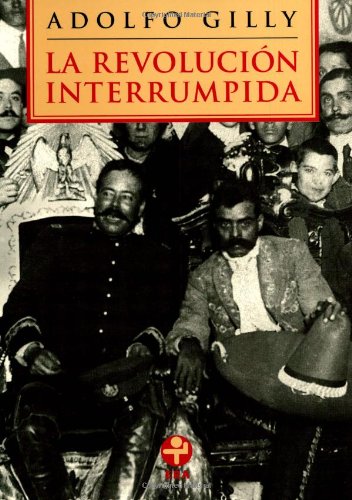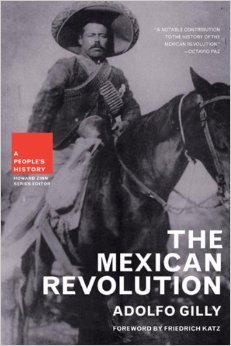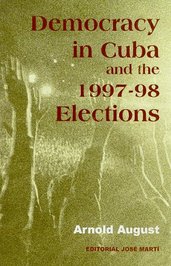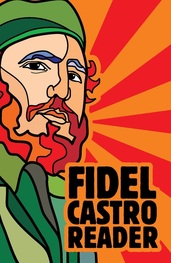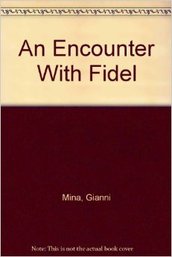In 1935, a number of organizations formed the popular opposition to the Batista government. There were significant differences among them with respect to conceptions and tactics. There was disagreement, for example, concerning whether or not to participate in the elections convoked by the government for 1936. There were differences concerning how to unite the opposition groups, with some advocating an alliance based on defined propositions and objectives, with each organization maintaining full independence; and others favoring an organizational unity through the creation of a single party, but without a clear programmatic definition. The opposition groups were anti-imperialist, but their conceptions ranged, on the one hand, from clear opposition to US imperialist interests and the Cuban oligarchy; and on the other hand, to a mere rejection of US interference in Cuban affairs and the seeking of an accommodation between the popular movement and the Cuban oligarchy (Chang 1998:361-62).
At its Sixth Plenary of Central Committee, held on October 21-22, 1935, the Communist Party of Cuba (PCC) adopted a policy of the formation of a united popular anti-imperialist front. This represented an about-face from its policy since 1930, when the PCC refused to cooperate with organizations that did not subordinate themselves to its direction. At the Sixth Plenary, the party proposed to create a broad popular front for “the complete political and economic independence of Cuba, for democracy and social progress.” It also called for the strengthening of unions and the unification of all workers, regardless of ideology or political affiliation. And it called for a great mass mobilization to obligate Batista to comply with his demagogic promises (Chang 1998:362).
In accordance with the policy for the formation of a popular front, party leaders met with the leaders of various organizations of the popular opposition. The PCC proposed participation in the 1936 elections, with the popular organizations united behind the candidacy of Ramón Grau San Martín, using the slogan, “Vote for Cuba and against imperialism.” PCC proposed a platform that advocated: complete Cuban independence, without foreign interference; nationalization of foreign telephone, electric, railroad, mining and sugar companies; repudiation of the debt to Chase National Bank (see “Machado and the promise of reform” 7/16/2014) and a moratorium on all debt payments; elimination of the 1934 reciprocal treaty with the United States (see “The US-Cuba neocolonial relation deepens” 8/19/2014); ample guarantees for democratic freedoms; measures for the improvement of the social and economic conditions of workers and peasants; political, economic, and social equality for women and blacks; and the convoking of a democratic and popular Constitutional Assembly. As can be seen, the proposal was a radical proposal for national liberation. But it was rejected by Grau and his important party, the Authentic Cuban Revolutionary Party, which favored non-participation in the elections; and it was rejected by the organizations that were following the road of armed insurrection. With the rejection of the proposal for unity around the candidacy of Grau, the PCC proposed united action in support of a boycott of the elections. But this proposal also failed to attain the united support of the opposition organizations (Chang 1998:362-63).
In July 1936, the PCC again tried to create a united anti-imperialist popular front. It convoked a meeting of eight opposition organizations, and several work sessions were held in Miami. The conference adopted flexible positions, maintaining that all questions concerning strategy and tactics should be decided by a leadership structure representing the various organizations, in accordance with the conditions in a particular moment and the opinions of the member organizations. This flexible approach made possible an agreement for the formation of the National Liberation Front (NLF), with a leadership directorate formed by three members from each organization. Its platform was less revolutionary and more reformist than the PCC proposal with respect to the Grau candidacy. The proposed NLF platform included defense of national industry, the protection of democratic rights, the organizing of peasants, the reconstruction of workers’ organizations, the satisfaction of student demands, and full social and political equality for blacks and women (Chang 1988:364).
The NLF was aborted, however. During the third work session, the Authentic Cuban Revolutionary Party (PRC-A) of Grau rejected the proposal and abandoned the conference. Subsequently, the PRC-A, seeking a different popular front strategy, established the Popular Revolutionary Bloc (BRP), which sought to forge a united electoral bloc with respect to elections for a Constitutional Assembly. The formation of BRP effectively brought to an end the PCC initiative of the National Liberation Front (Chang 1988:364-65).
At the same time, the BRP was not successful. Inasmuch as it limited the popular front to the issue of the Constitutional Assembly, some opposition organizations did not participate. Moreover, unlike the NLF, in which all member organizations had equal power, the BRP was under the control of Grau’s PRC-A. When a dialogue with representatives of the bourgeois political parties was announced, the BRP came to an end (Chang 1998:365-66).
In contrast to the failure of the National Liberation Front initiated by the Communist Party of Cuba, a united popular front was forged successfully on three occasions in Vietnam by the communist party under the leadership of Ho Chi Minh: the Democratic United Front of Indochina, formed in 1936; the Vietminh Front, established in 1941; and the National Liberation Front of South Vietnam, created in 1960 (see “The Vietminh and the taking of power” 5/13/2014; “The National Liberation Front (NLF)” 5/21/2014). Why was the formation of a united popular front for national liberation by the Communist Party of Cuba unsuccessful, in contrast to the success of the strategy in Vietnam? Two factors were can be identified. First, the processes of colonialism and neocolonialism were much older and far more developed in Cuba than in Vietnam. Cuba already was beginning its transition to neocolonialism during the last quarter of the nineteenth century, when the process of French colonialism in Indochina was initiated. By the 1930s, US neocolonialism in Cuba had attained a degree of sophistication, including the forging of important bourgeois and petty bourgeois sectors that were aligned with US imperialism, and the extensive penetration of anti-communist ideology. These dynamics made possible an undermining of the popular front by various pro-imperialist but reformist actors, most clearly represented by Grau. Secondly, in contrast to the situation in Vietnam, Cuba in 1936-37 lacked a charismatic leader. Its principal charismatic leaders were gone: Julio Antonio Mella and Antonio Guiteras had been assassinated, and Rubén Martínez Villena had died of tuberculosis. Charismatic leaders play an important and necessary role in exposing the distortions and deceptions of the allies of imperialism and in forging unity among the various currents within the revolutionary movement. This vital role was fulfilled in Vietnam by Ho Chi Minh from 1930 to 1968, as it would be fulfilled later in Cuba by Fidel Castro, as well will explore in subsequent posts. For various posts on the role of charismatic leaders in revolutionary processes, see the section on Charismatic Leaders..
References
Chang Pon, Federico. 1998. “Reajustes para la estabilización del sistema neocolonial” in Instituto de Historia de Cuba. 1998. La neocolonia. La Habana: Editora Política.
López Segrera, Francisco. 1972. Cuba: Capitalismo Dependiente y Subdesarrollo (1510-1959). La Habana: Casa de las Américas.
Key words: Third World, revolution, colonialism, neocolonialism, imperialism, democracy, national liberation, sovereignty, self-determination, socialism, Marxism, Leninism, Cuba, Latin America, world-system, world-economy, development, underdevelopment, colonial, neocolonial, blog Third World perspective, Cuban Revolution, neocolonial republic, Batista

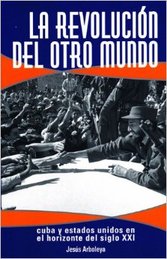
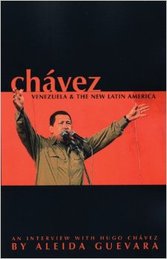
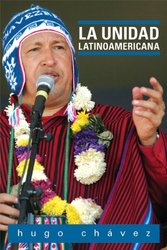
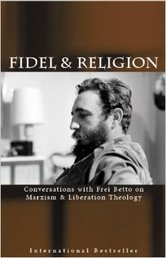
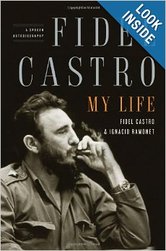
 RSS Feed
RSS Feed
